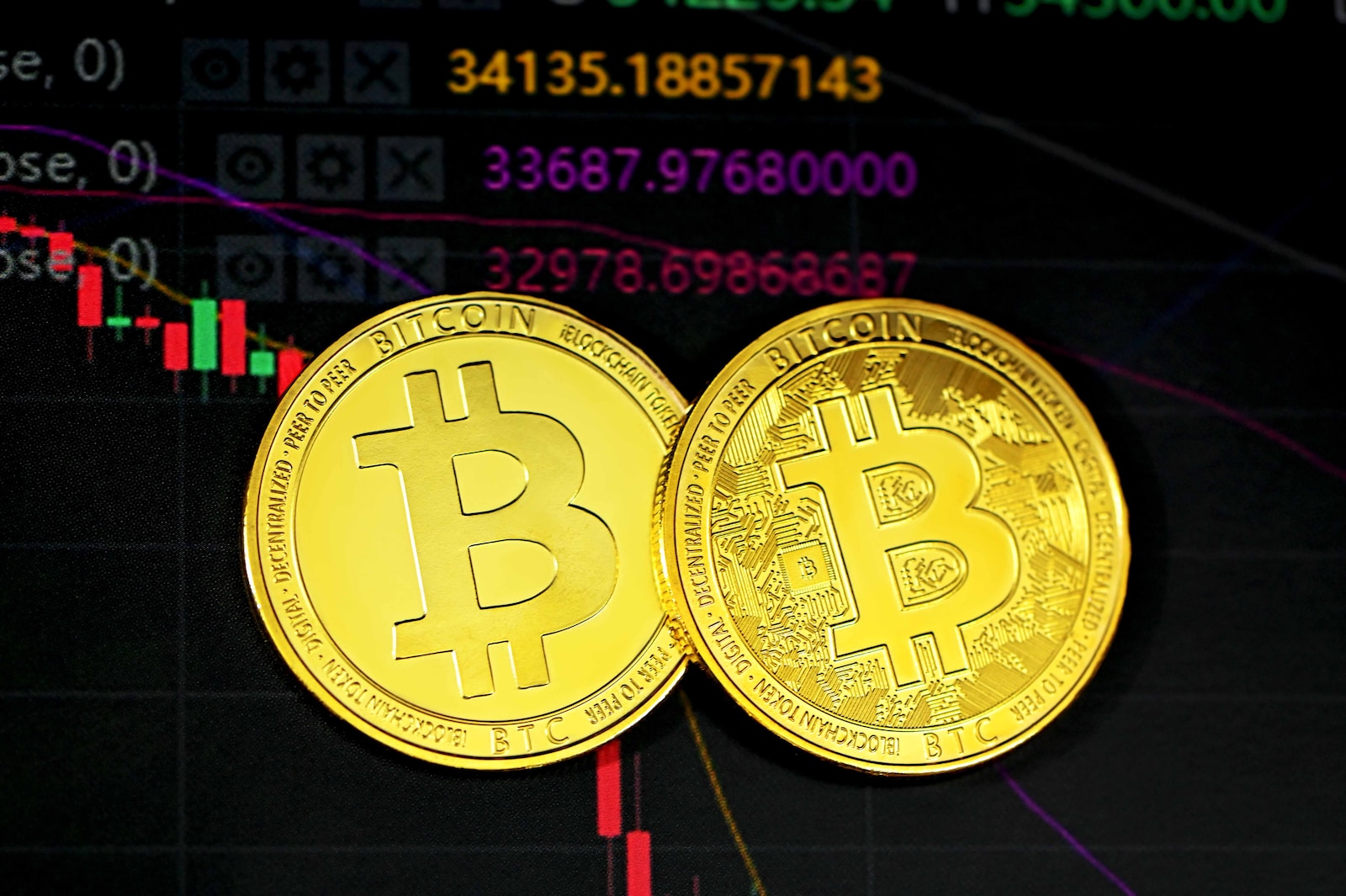For many, Bitcoin represents the face of cryptocurrencies – a digital gold standard of the decentralized financial world. But as we steer into the heart of the 21st century, it’s evident that the future of cryptocurrencies reaches far beyond just Bitcoin. As we stand at the crossroads of technology and finance, it’s time to explore what lies ahead in this rapidly-evolving domain.
Diverse Digital Assets
Since Bitcoin’s inception, over 10,000 different cryptocurrencies have been launched. Each of these coins or tokens offers unique functionalities, catering to specific market niches. For instance, Ethereum introduced the world to smart contracts – self-executing contracts with the terms directly written into code. These contracts, and the broader Ethereum platform, have spurred the development of Decentralized Applications (dApps) which are poised to revolutionize sectors like gaming, real estate, and supply chain.
Meanwhile, coins like Monero and Zcash have emphasized user privacy, offering transaction processes that prioritize anonymity more than Bitcoin does.
The Emergence of Central Bank Digital Currencies (CBDCs)
Recognizing the potential of blockchain, several central banks worldwide are experimenting with or actively developing their digital currencies. CBDCs, such as China’s Digital Yuan or the European Central Bank’s Digital Euro, aim to blend the benefits of cryptocurrencies (like quick transaction times and security) with the stability and trust associated with traditional currencies. While they might not be decentralized in the purest sense, CBDCs represent a significant acknowledgment of cryptocurrency’s potential and a hint at a more digitized future of global finance.
NFTs and Digital Art
One of the most talked-about developments in the cryptocurrency realm is the rise of Non-Fungible Tokens (NFTs). These digital assets are unique and can represent ownership or proof of authenticity of a particular item or piece of content, mainly digital art. As the art and entertainment sectors become progressively digitized, NFTs offer a groundbreaking way to monetize and authenticate digital creations, from music albums to virtual real estate in digital landscapes.
Environmental Considerations
One of the significant criticisms against Bitcoin and other proof-of-work cryptocurrencies has been their environmental impact. The energy consumed in mining processes, especially for Bitcoin, rivals the energy consumption of some countries. This concern has led to the emergence and adoption of more eco-friendly consensus algorithms, such as proof-of-stake, as seen with Ethereum’s ongoing transition to Ethereum 2.0.
DeFi: Decentralized Finance
Beyond traditional transactions, the cryptocurrency world has also introduced the concept of decentralized finance or DeFi. Platforms such as Uniswap, Compound, and Aave allow users to lend, borrow, or trade assets without the need for traditional banks or financial institutions. This decentralization is not only democratizing finance but also providing opportunities for individuals in countries with unstable or inaccessible banking systems.
Integration in Daily Life
One cannot discuss the future without mentioning the ever-increasing integration of cryptocurrencies in daily life. Major companies from various sectors, be it technology, retail, or travel, now accept cryptocurrency as a valid form of payment. Payment gateways and point-of-sale systems are also increasingly integrating cryptocurrency payment options.
In Conclusion
While Bitcoin was the torchbearer that illuminated the potential of digital currencies, the future of cryptocurrencies is diverse and multifaceted. From redefining art ownership with NFTs, reshaping global finance with DeFi, to promising a more sustainable environment with eco-friendly algorithms, the possibilities seem boundless.

